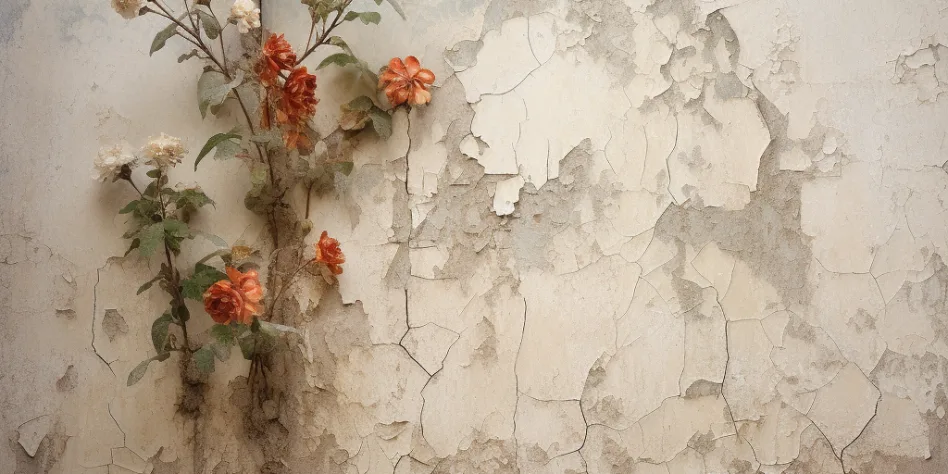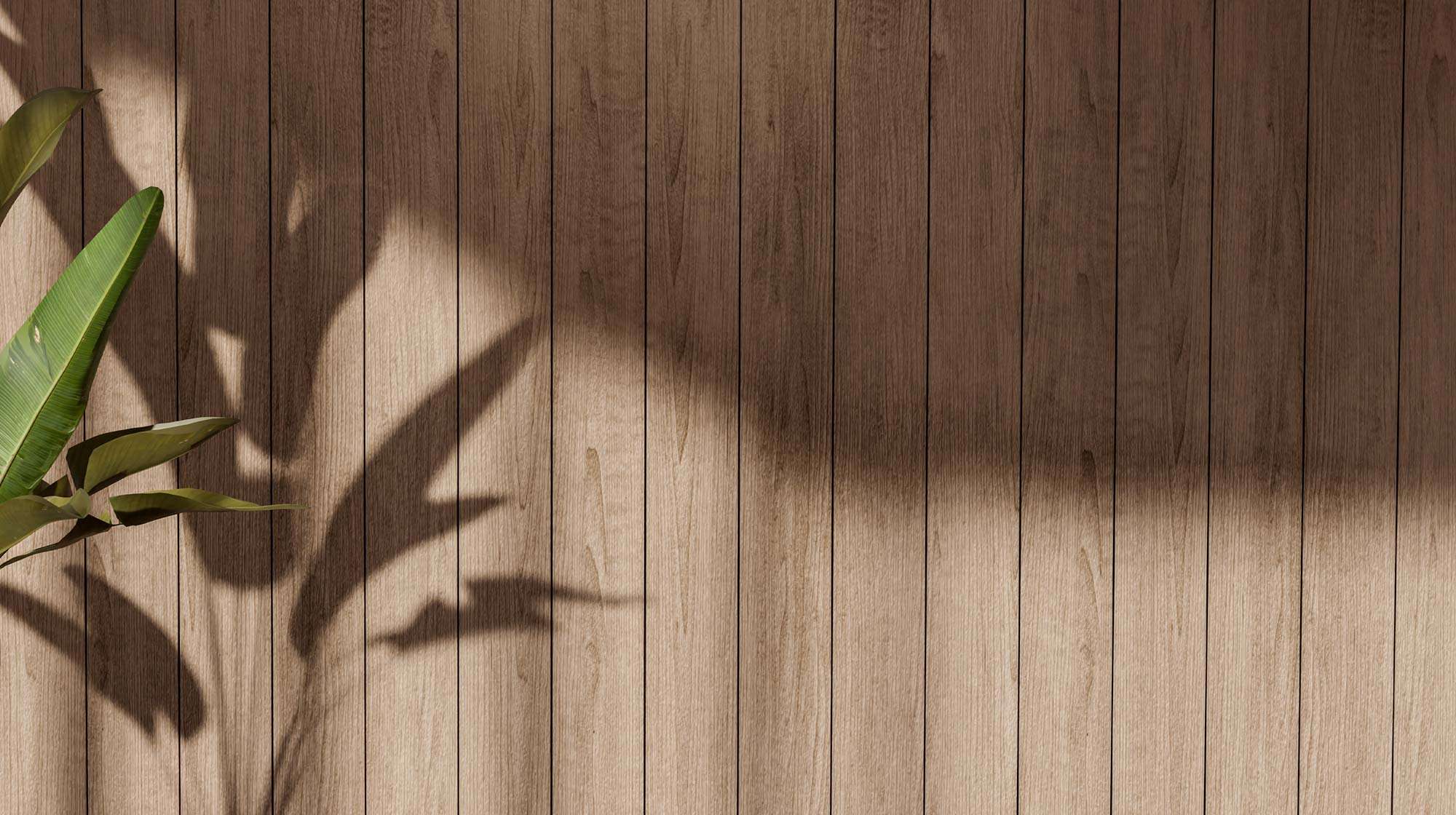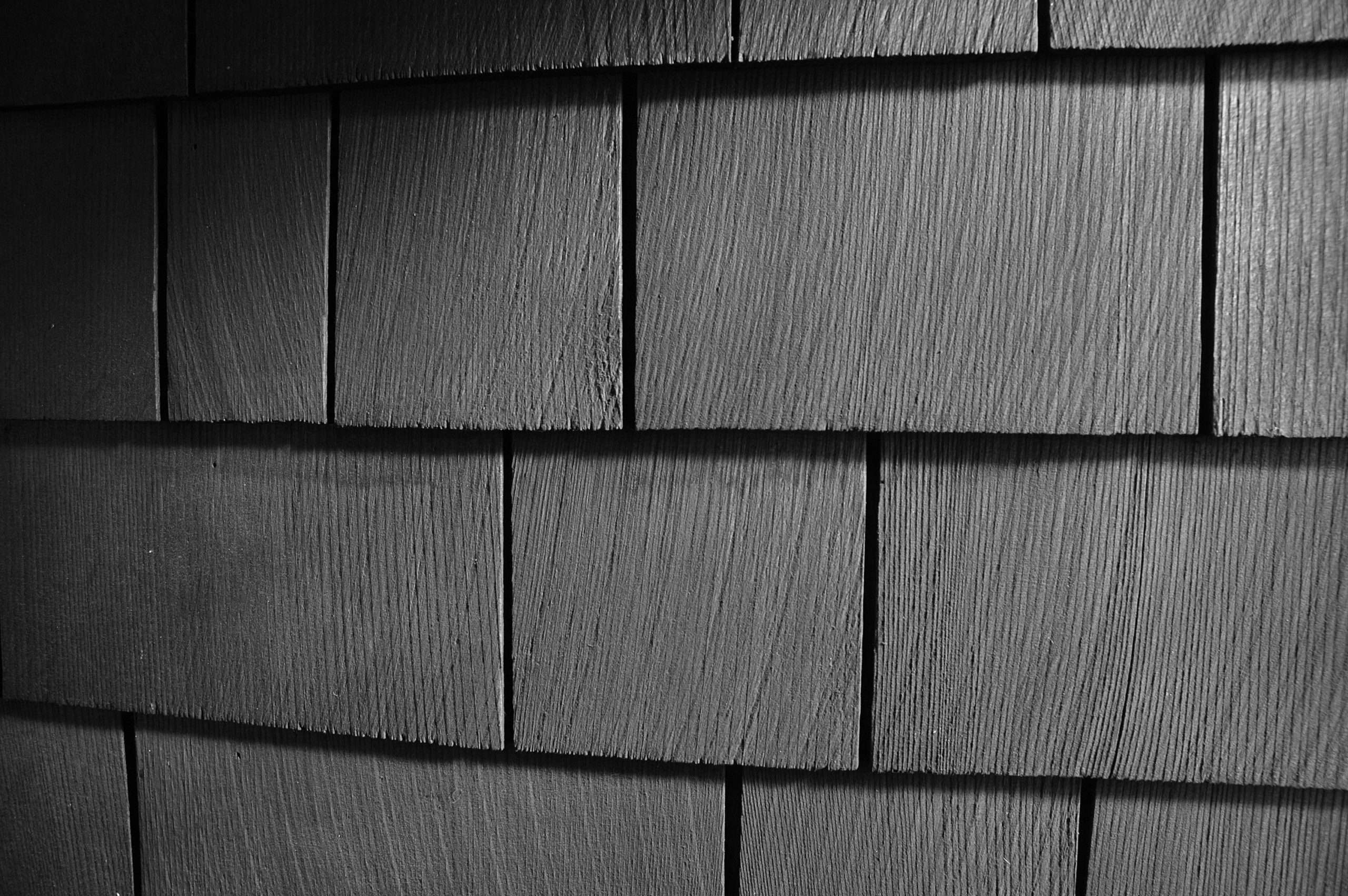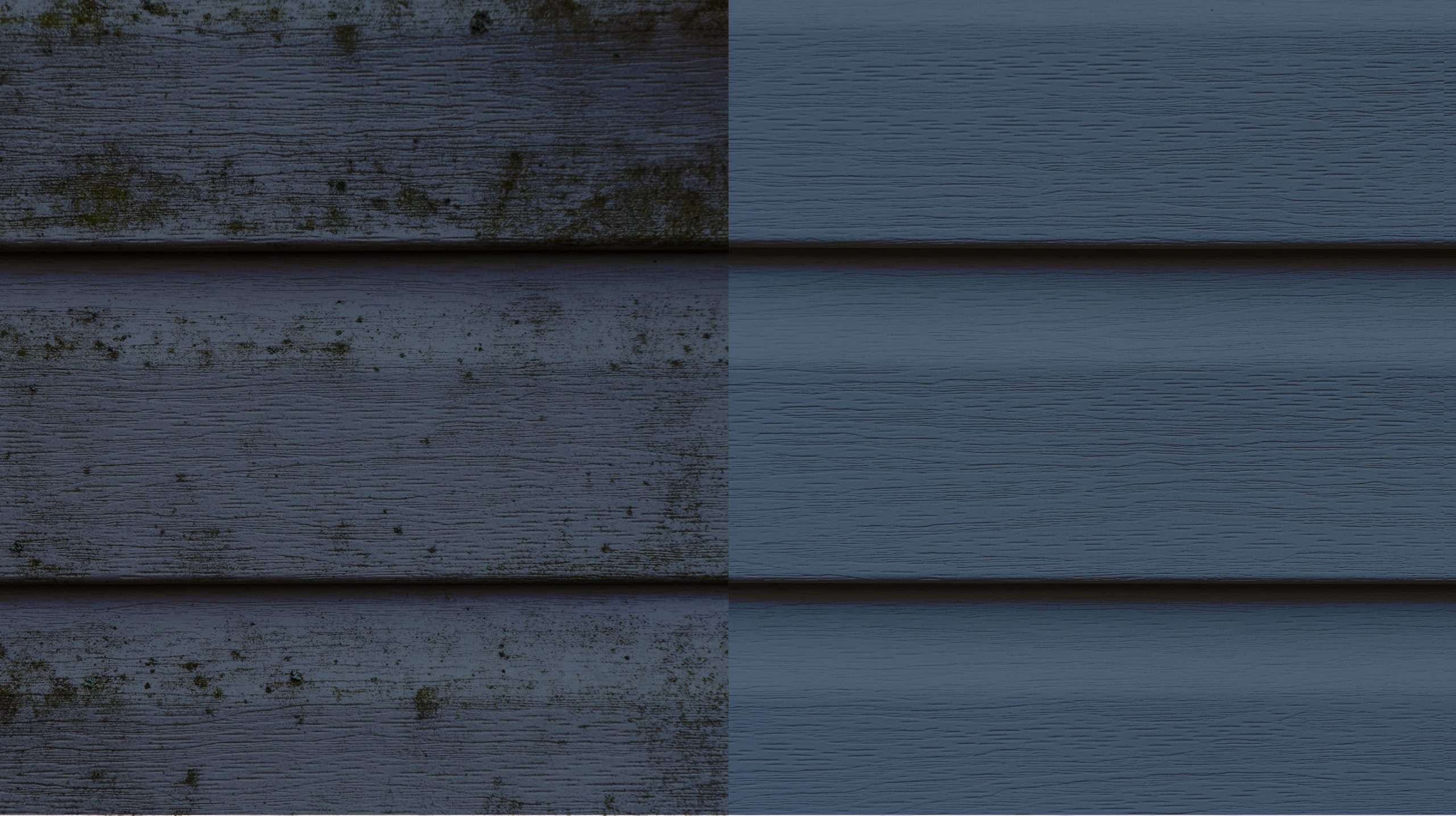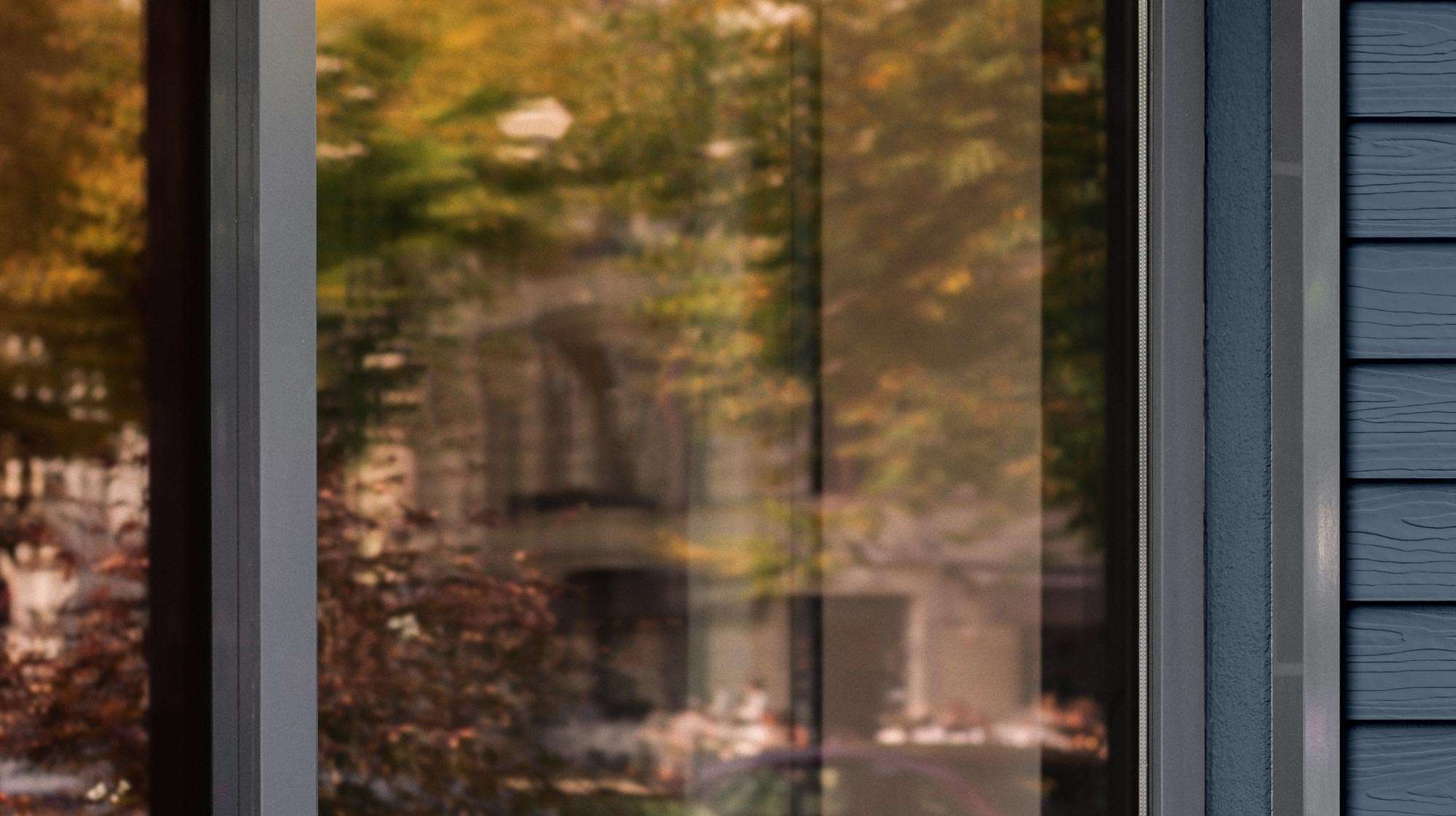In day-to-day conversation, we often hear the term fluorescence brought up in talking about LED or black lights, or even to describe fireflies and butterflies. But have you ever heard the term efflorescence kicked around the home services playing field?
Efflorescence, a common issue observed on stucco and other masonry surfaces, presents as a white, powdery residue that can be both unsightly and perplexing. This phenomenon, however, is not merely a cosmetic issue but rather the result of intricate chemical and physical processes.
Understanding the science of efflorescence is key to effectively managing and preventing it, thereby maintaining the aesthetic and structural integrity of stucco surfaces.
Table of Contents
- What is Efflorescence?
- The Process Behind Efflorescence
- Factors Influencing Efflorescence
- Prevention and Remediation
- Conclusion
What is Efflorescence?
Efflorescence occurs when water-soluble salts and minerals within stucco or other masonry materials dissolve in water and then migrate to the surface. When the water evaporates, it leaves behind these salts as a white, powdery deposit. The most common salts found in efflorescence are sulfates, chlorides, and carbonates of sodium, potassium, magnesium, and calcium.
The Process Behind Efflorescence
The formation of efflorescence involves several steps:
- The raw materials used in making stucco often contain natural salts. Additional salts can also be introduced through groundwater or other external sources.
- Water is crucial for efflorescence. It can seep into the stucco through various means, including rain, condensation, or ground moisture.
- Once inside the stucco, water dissolves these salts, creating a saline solution.
- The saline solution then moves towards the surface of the stucco, driven by capillary action and the evaporation of water.
- When the saline solution reaches the surface and the water evaporates, the dissolved salts crystallize and become visible as efflorescence.
Factors Influencing Efflorescence
Several factors can impact the likelihood and severity of efflorescence:
- The type and quantity of salts present in stucco or masonry materials play a significant role.
- Humid environments or areas with frequent rain are more prone to efflorescence. Temperature fluctuations can also affect the rate of evaporation and crystallization.
- Improperly installed or inadequate waterproofing, poor drainage, and the use of highly absorptive materials can exacerbate efflorescence.
Prevention and Remediation
Addressing efflorescence involves both preventive measures and remediation techniques:
- These include using low-salt materials, ensuring proper waterproofing and drainage systems during construction, and applying sealants to reduce water absorption.
- Existing efflorescence can often be removed by dry brushing or using specialized cleaners. However, it’s crucial to address the underlying moisture issue to prevent recurrence.
Conclusion
The science of efflorescence in stucco is a fascinating interplay of chemistry, physics, and environmental science. It underscores the importance of understanding material properties, construction techniques, and environmental factors in building and maintenance practices.
By comprehending and addressing the causes of efflorescence, homeowners and builders can preserve the beauty and integrity of stucco surfaces, ensuring that they remain both durable and aesthetically pleasing over time.
